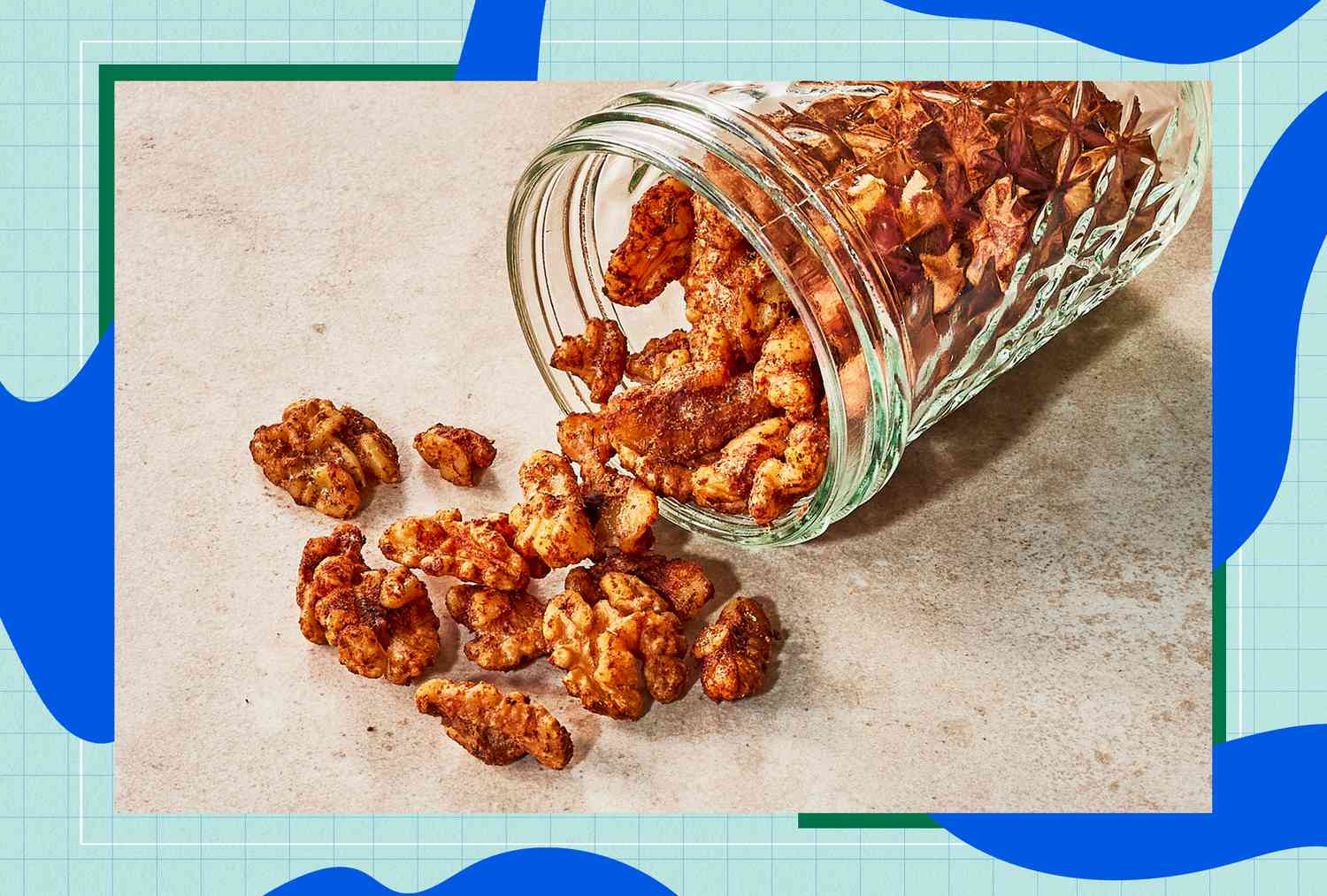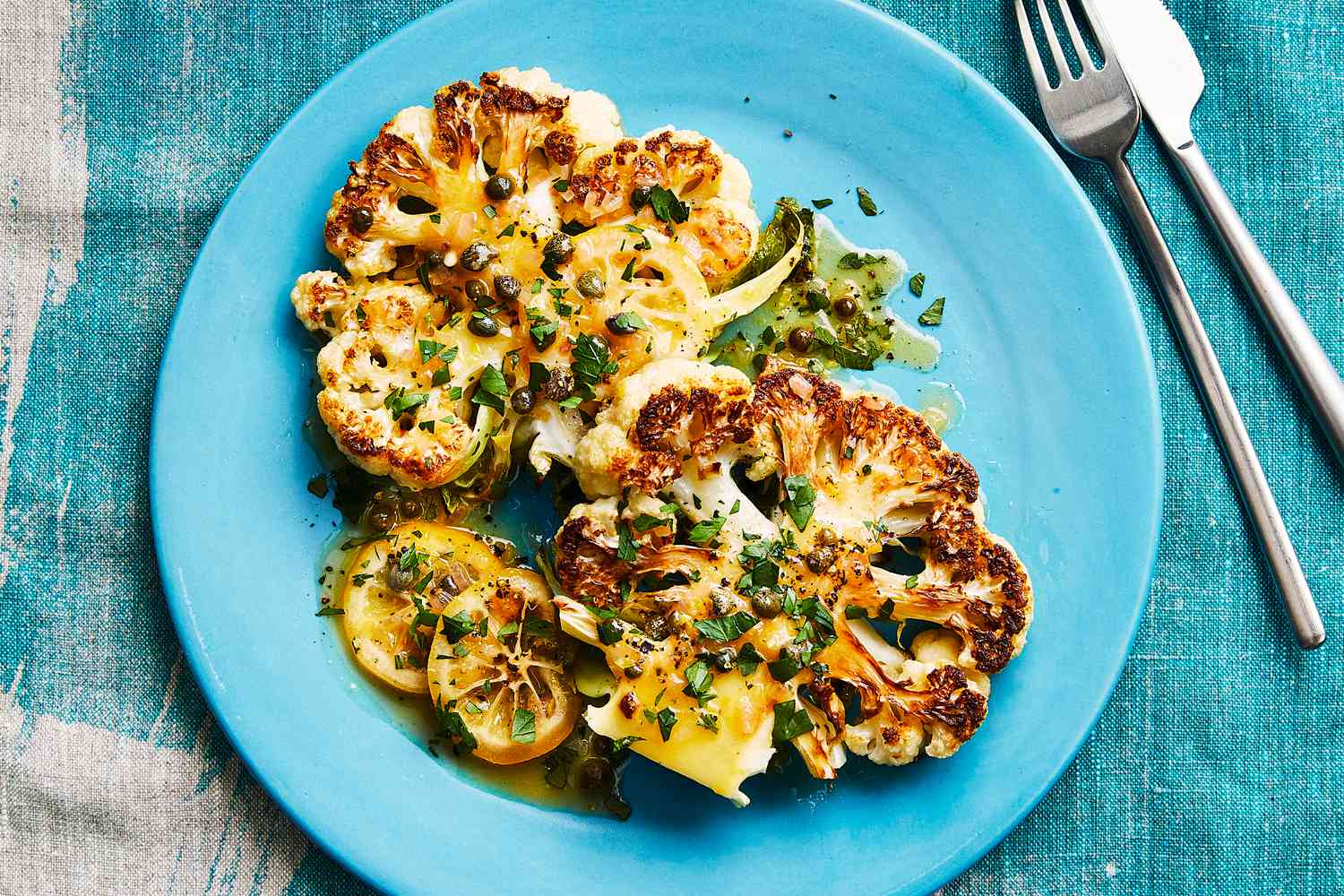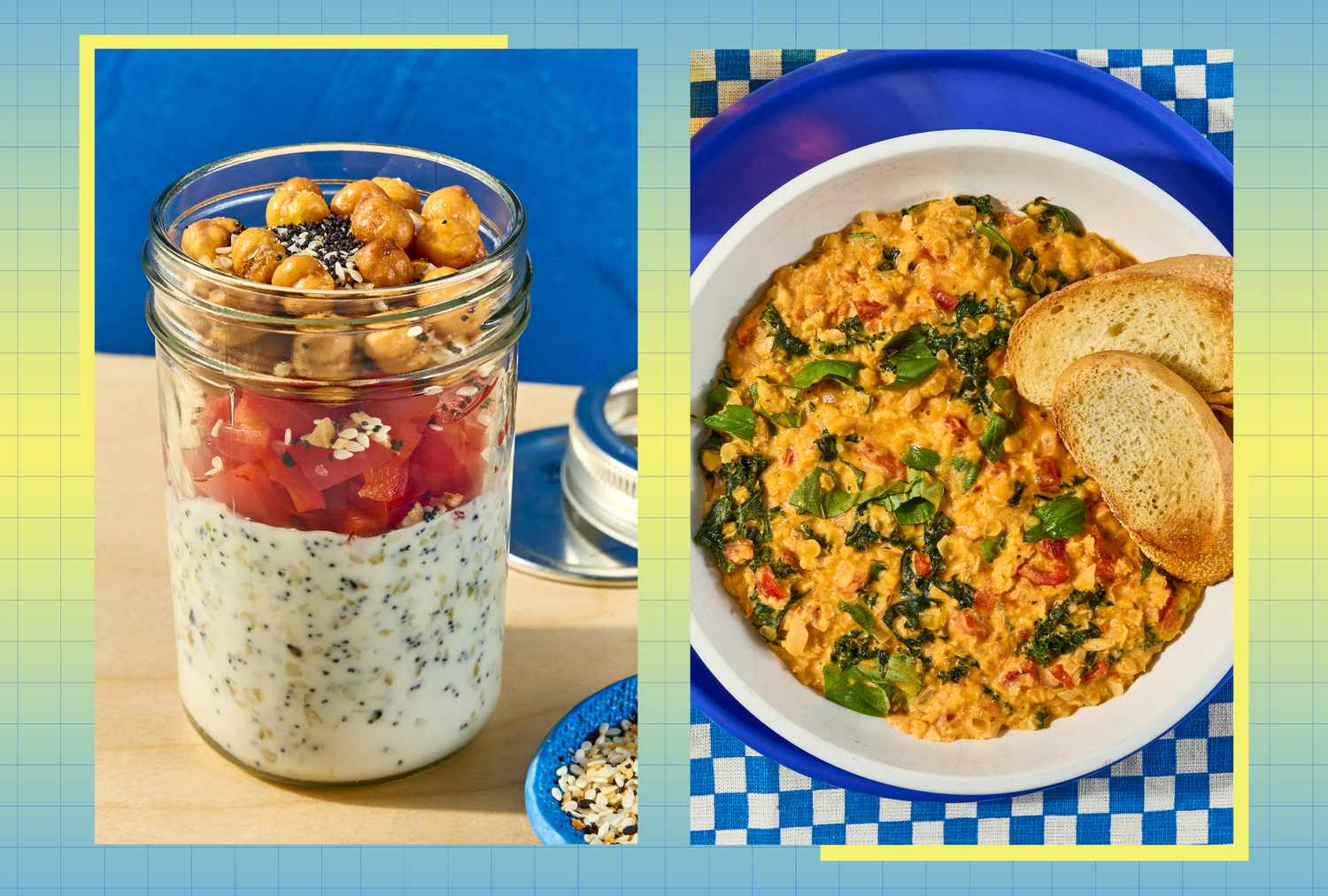If you’re trying to manage—or prevent—high blood pressure, it can sometimes be hard to know what to eat. But if you’ve been avoiding certain foods because you saw somewhere that they’re bad for your blood pressure, dietitians have a message for you: Please stop!
Scare tactics like these may make you miss out on certain nutrient-dense foods that can help, not hinder, your blood pressure. In fact, many of these “forbidden foods” pack important nutrients proven to reduce blood pressure and improve long-term heart health.
No wonder dietitians are concerned. If you’ve been avoiding these six foods, they want you to bring them back to the table!
1. Bananas
If there’s one thing dietitians agree on, it’s to add, not subtract, produce from your plate. Unfortunately, though, bananas are often demonized for their carbohydrate and sugar content, says Atlanta-based registered dietitian Nijya Noble, M.S., RDN, LD.
But many people don’t know that bananas also pack a dynamic duo of blood pressure–lowering fiber and potassium (3 grams of fiber and 422 milligrams of potassium per medium banana). How do they work? “[Potassium is] a key mineral that helps regulate blood pressure by preventing the effects of sodium and relaxing blood vessel walls,” explains Noble. “Potassium-rich diets are consistently linked to lower blood pressure levels,” she adds. “Plus, the fiber in bananas helps moderate the release of sugar into the bloodstream, making them a healthy choice when consumed in moderation.”
And there’s proof they work! One study found that eating bananas three to six times per week was associated with a 24% reduction in risk of all-cause mortality in people with hypertension.
2. Avocados
The green goddess fruit has risen in popularity thanks to the avocado toast trend. Yet the number of people who still think they should avoid them is shocking, especially considering their blood pressure benefits. Noble agrees. “Avocados are an excellent source of potassium and monounsaturated fats, which support heart health and help lower blood pressure,” she says. “They also contain antioxidants and fiber, contributing to overall cardiovascular health.” Yes, they are calorie-dense, she says, but their fat is heart-healthy unsaturated fat. As long as you keep an eye on portion size, they can be a great addition to a blood pressure-lowering eating plan.
They’re so effective, in fact, that one study found that women who ate 2½ avocados per week were 17% less likely to have hypertension than women who rarely or never ate avocados. With 3 grams of fiber, 242 milligrams of potassium and 6 grams of heart-healthy unsaturated fats per ⅓ avocado, it’s no wonder this delicious, nutritious fruit promotes better blood pressure.
3. Frozen Fruits & Vegetables
When many people hear the words “frozen food,” they automatically assume the entire category is off-limits, thanks to archaic images of prepackaged TV dinners bubbling up. This myth couldn’t be further from the truth, says dietitian Patricia Bannan, M.S., RDN, author of From Burnout to Balance. “Frozen foods often get a bad reputation because people assume they’re loaded with sodium and preservatives. But science tells a different story,” she says. “Flash-freezing locks in nutrients that support healthy blood pressure, like potassium, fiber and antioxidants. For blood pressure management, frozen fruits and vegetables are particularly valuable because they’re frozen at peak ripeness when their nutrient content is highest.” Because frozen foods don’t spoil quickly, they’re unlikely to wilt in your crisper or end up in the trash. That doesn’t just cut down on trips to the store. It makes eating those blood pressure-lowering fruits and veggies easier.
4. Low-Fat Greek Yogurt
“Some people believe dairy is unhealthy due to its saturated fat and cholesterol content,” says Noble. “However, choosing low-fat options minimizes these issues.” Plus, dairy foods are filled with nutrients like calcium, potassium and magnesium that help regulate blood pressure.
Research reveals that yogurt may be particularly beneficial. “The high protein content of Greek yogurt helps with satiety and maintaining a healthy weight, key factors in blood pressure management,” says Bannan. “The protein in dairy also contains specific peptides that may help lower blood pressure.” To keep fat and added sugar in check, experts recommend choosing unsweetened, low-fat or nonfat Greek yogurt and sweetening it with fruit.
5. Low-Sodium Nuts
Small but mighty, nuts are nutrient powerhouses. At the same time, they’re so compact that their calories can add up quickly. Plus, some are swimming in salt, which can mean extra sodium.
But don’t let that stop you! Nuts are a delicious way to work more potassium into your diet. And there are plenty of low-sodium and unsalted varieties to choose from. “Nuts [also] provide a powerful combination of healthy fats, plant-based protein and fiber, a trio of nutrients that work together to support heart health,” says Bannan. In fact, a large body of research shows that eating nuts can also reduce total and LDL cholesterol and triglycerides. Still worried about their calories? The key, says Bannan, is portion control, so stick with 1-ounce portions (about ¼ cup).
6. Soy Foods
A popular misconception is that soy foods are highly processed and should be avoided. This couldn’t be further from the truth! Research has found that a soy-rich diet may significantly lower blood pressure. What makes it so powerful? “Soy foods, like edamame, tofu, soy milk and tempeh, are rich in isoflavones that help improve blood vessel function and reduce inflammation,” says Bannan. “These compounds boost enzymes that increase nitric oxide production, which helps widen blood vessels and reduce blood pressure.”
If soy foods aren’t a regular part of your diet, try this Vegan Superfood Grain Bowl. It’s our No. 1 dietitian-approved lunch for high blood pressure.
EatingWell
The Bottom Line
Managing high blood pressure requires healthy, balanced dietary choices. However, there’s a lot of misinformation out there about which foods are good and bad for blood pressure. Despite what you may have heard, nutrition experts agree that bananas, avocados, frozen fruits and vegetables, low-fat yogurt, low-sodium nuts and soy foods are all excellent choices for lowering blood pressure. If you’re living with high blood pressure and could still use some extra guidance, speak with a registered dietitian who can help you develop a personalized plan to bring your numbers down.


